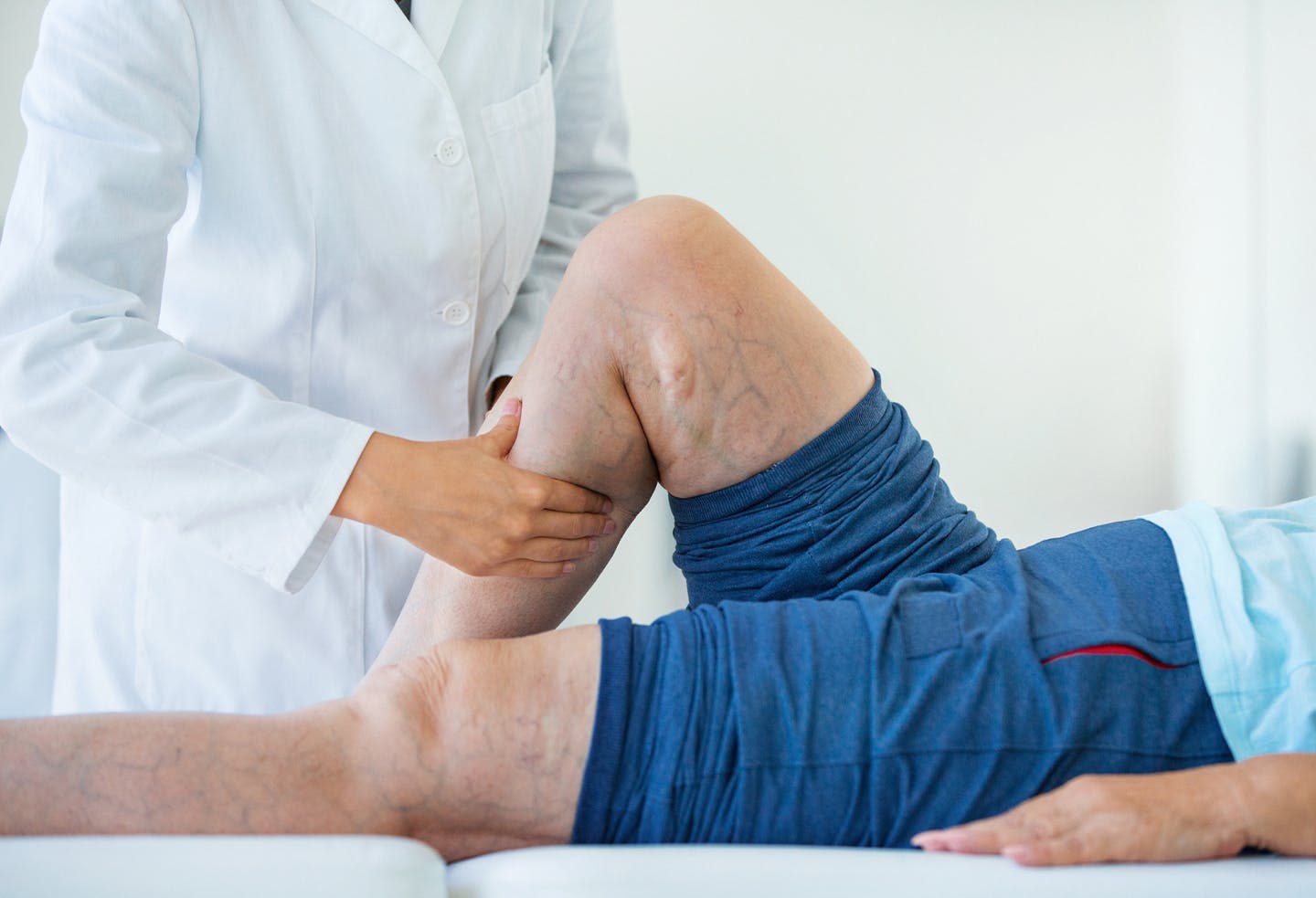Peripheral artery disease (PAD) is a condition that approximately 8.5 million people live with in which the peripheral arteries in the body (which serve the stomach, head, legs, and arms) become narrowed. PAD most often affects the leg’s arteries.
Peripheral Artery Disease Diagnosis
The doctor will usually start by doing an examination of the feet and legs to look for the visible symptoms of PAD.
During this examination, the doctor will evaluate and listen to the arteries and pulse points to determine if there are any “whooshing” sounds. This is done with a stethoscope.
Any leg or foot wounds can also be examined to determine if healing is too slow. Blood testing might also be done to look at blood sugar and cholesterol levels.
The doctor may perform an ankle-brachial index test, in which the patient’s blood pressure is checked using their arm and their ankle. The doctor will look to see the difference between both readings.
Doppler ultrasound can also be performed. This test will look at how blood is flowing through the blood vessels and can help the doctor to see any narrowing or blockages. Angiography involves injecting a dye into the blood vessels, which makes it easier for the doctor to examine blood flow. Once the dye is injected, imaging is performed.












